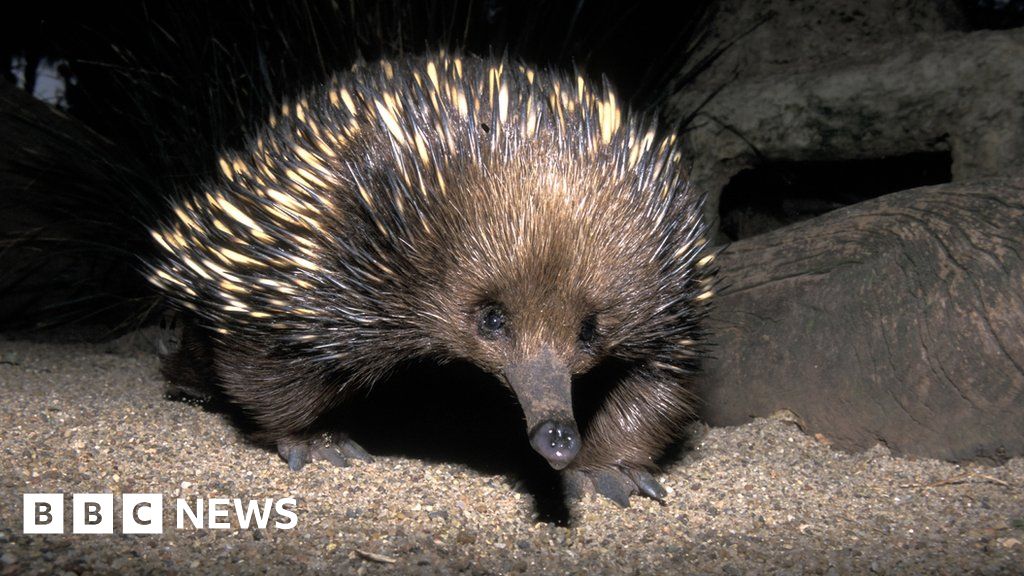Shilajit in More Modern Times
In spite of all these well documented accounts of Mumijo, many falsely attribute it's discovery in modern times to the British explorer, Sir Martin Edward Stanley in the year 18706.
He observed that monkeys in the Himalayan mountains appeared to remain healthy and agile in their old age, unlike their counterparts from Europe. These monkeys were seen eating black tar-like rocks and upon further investigation, the indigenous people there confirmed that it was Shilajit which was responsible for their good health.
At the time of this fresh rediscovery, modern science as we know it was only just beginning to take shape, resulting in a sort of renaissance for Shilajit.
Scientists from all over Eurasia began to study this seemingly magical substance, coming up with many theories as to how it came to be, as well as researching all the amazing benefits that were already common knowledge to the folk people of these regions (more on that below).
As more people started looking into it, they discovered that most high mountain peaks in the world offer a variation of this substance, including those in Norway, Africa, and South America. Today, some of the best data on the subject can be found within Russian and Indian literature.
https://www.purehimalayanshilajit.com/?ref=131
Code:Plntbsdmark
Shilajit in More Modern Times
In spite of all these well documented accounts of Mumijo, many falsely attribute it's discovery in modern times to the British explorer, Sir Martin Edward Stanley in the year 18706.
He observed that monkeys in the Himalayan mountains appeared to remain healthy and agile in their old age, unlike their counterparts from Europe. These monkeys were seen eating black tar-like rocks and upon further investigation, the indigenous people there confirmed that it was Shilajit which was responsible for their good health.
At the time of this fresh rediscovery, modern science as we know it was only just beginning to take shape, resulting in a sort of renaissance for Shilajit.
Scientists from all over Eurasia began to study this seemingly magical substance, coming up with many theories as to how it came to be, as well as researching all the amazing benefits that were already common knowledge to the folk people of these regions (more on that below).
As more people started looking into it, they discovered that most high mountain peaks in the world offer a variation of this substance, including those in Norway, Africa, and South America. Today, some of the best data on the subject can be found within Russian and Indian literature.
https://www.purehimalayanshilajit.com/?ref=131
Code:Plntbsdmark






